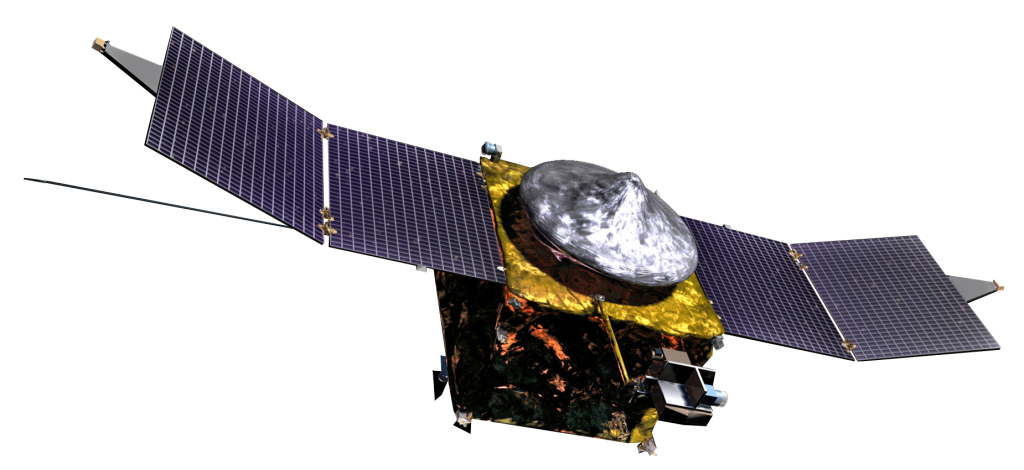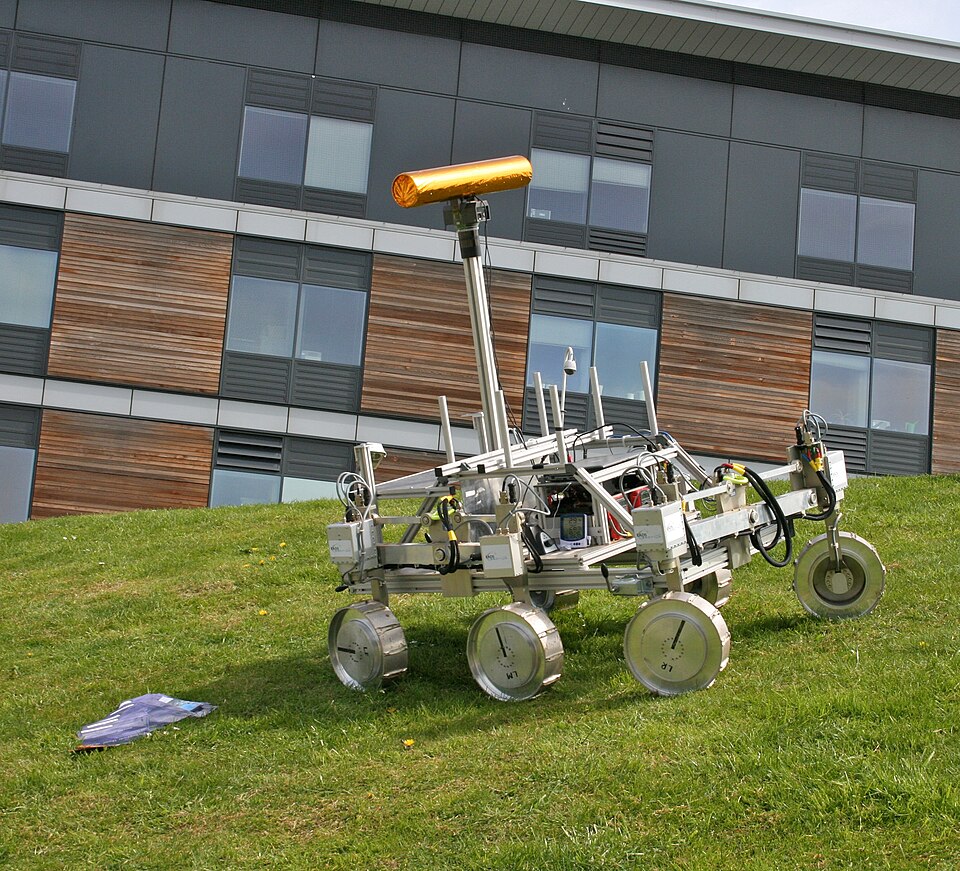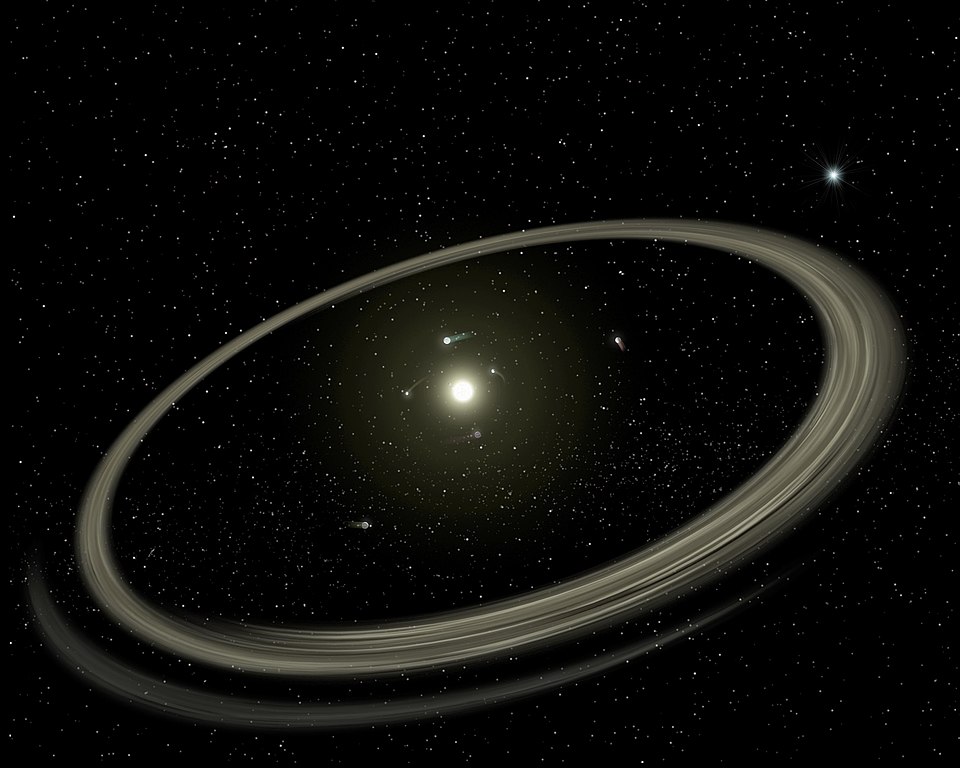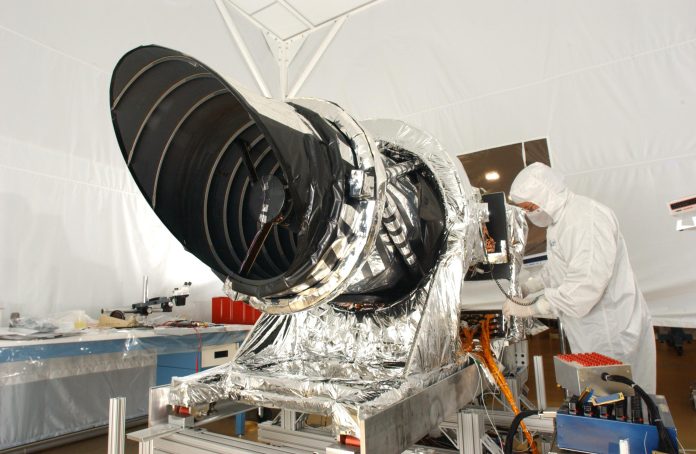
An ancient traveler from beyond the solar system has swept past Mars, the Sun, and Earth’s orbital neighborhood and NASA’s spacecraft have captured it from nearly every angle. Comet 3I/ATLAS, only the third confirmed interstellar object ever observed, is now documented in an unprecedented gallery of images spanning ultraviolet, infrared, and visible light, each revealing different facets of its chemistry, structure, and trajectory.

1. A Fleet-Wide Observation Campaign
Since its discovery on July 1 by the ATLAS survey telescope in Chile, NASA has marshalled an unprecedented variety of assets – 15 missions in all-to study 3I/ATLAS. They include planetary orbiters such as Mars Reconnaissance Orbiter (MRO) and MAVEN; surface explorers like Perseverance; heliophysics missions like PUNCH, STEREO, and SOHO; and flagship observatories such as the James Webb Space Telescope (JWST) and Hubble. “We’ve even pushed our scientific instruments beyond the things that they were designed to achieve, to allow us to capture this amazing glimpse at this interstellar traveler,” said Nicky Fox, associate administrator for NASA’s Science Mission Directorate.

2. Close Pass of Mars Reconnaissance Orbiter
On October 2, MRO’s HiRISE camera turned from the Martian surface to space, imaging the comet from 19 million miles (30 million km) away-the closest any NASA spacecraft would get. Captured at 30 km per pixel, the coma appeared as a diffuse white sphere of dust and ice. Shane Byrne, HiRISE principal investigator, noted, “Observations of interstellar objects are still rare enough that we learn something new on every occasion.” Analysis may place an upper limit on the nucleus size and detect jets or fragments, offering clues to its activity.

3. Ultraviolet Spectroscopy by MAVEN
A composite view of hydrogen emissions was created by MAVEN’s Imaging Ultraviolet Spectrograph on Sept. 28, in which cometary hydrogen was separated from that of Mars and the interplanetary medium by relative velocity. The technique can be used to identify other molecules, such as hydroxyl, and to map their distribution in the coma. “The detections we are seeing are significant, and we have only scratched the surface of our analysis,” said Shannon Curry, MAVEN principal investigator. The data also may give further refinement to the comet’s deuterium-to-hydrogen ratio, a tracer of its origin.

4. Solar Observatory Perspectives
NASA’s heliophysics missions tracked 3I/ATLAS during its closest approach to the Sun on Oct. 30, a time when Earth-based telescopes were blocked by solar glare. The STEREO Heliospheric Imager-1 used image stacking to bring out the comet against the bright solar background, while SOHO’s LASCO coronagraph caught it from 222 million miles away. PUNCH’s GIF sequence showed motion of the comet as it moved through star fields; Mars flashes past in the frame.

5. Infrared Composition from JWST and SPHEREx
Abundant carbon dioxide and water ice were detected in the nucleus by infrared spectroscopy from JWST and SPHEREx, with a higher CO₂-to-water ratio compared to typical solar system comets. “It’s evaporating more carbon dioxide compared to water so that’s a very interesting thing”, stated Tom Statler, NASA’s lead scientist for small bodies. Nickel vapor was also detected, but with an anomalously high nickel-to-iron ratio, which hints at formation in a colder and chemically distinct environment.

6. Trajectory Refinement by Psyche, Lucy, and ExoMars
NASA’s Psyche spacecraft imaged the comet from 33 million miles on September 8–9, while Lucy observed from 40 million miles a week later, both providing backlit views of the coma and tail. ESA’s ExoMars Trace Gas Orbiter tracked 3I/ATLAS for a week in early October, improving trajectory predictions tenfold. Statler explained that such precision benefits planetary defense by refining models for incoming objects.

7. Debunking Extraterrestrial Spaceship Rumors
Public speculation about extraterrestrial origins was directly addressed. Amit Kshatriya, NASA Associate Administrator, said, “It looks and behaves like a comet, and all evidence points to it being a comet.” Spectroscopy confirms natural volatile sublimation, coma formation, and a gravitationally determined path, with no technosignatures or propulsion anomalies.

8. Scientific Value of an Interstellar Comet
3I/ATLAS offers a rare opportunity to compare dust and ice from another star system to local comets. Differences in volatile ratios and heavy element content may reflect its birth in a solar system older than our own. “It’s not just a window into another solar system, it’s a window into the deep past,” Statler said, underscoring its potential to inform models of planetary system formation.

9. Future and Final Observations
Beginning Dec. 19, the comet will pass 170 million miles from Earth before traveling on to beyond Jupiter’s orbit in the spring of 2026. The JWST is expected to be the last instrument to observe it as it fades into interstellar space, leveraging its deep-field sensitivity to track the object beyond the reach of other spacecraft.
The dataset on 3I/ATLAS is unparalleled, from ultraviolet hydrogen maps, infrared gas spectra, and high-resolution coma imaging. Each vantage point-Mars orbit, solar observatories, deep-space probes-adds another layer to the understanding of this ancient traveler, thus it may be the most comprehensively studied interstellar object so far.


